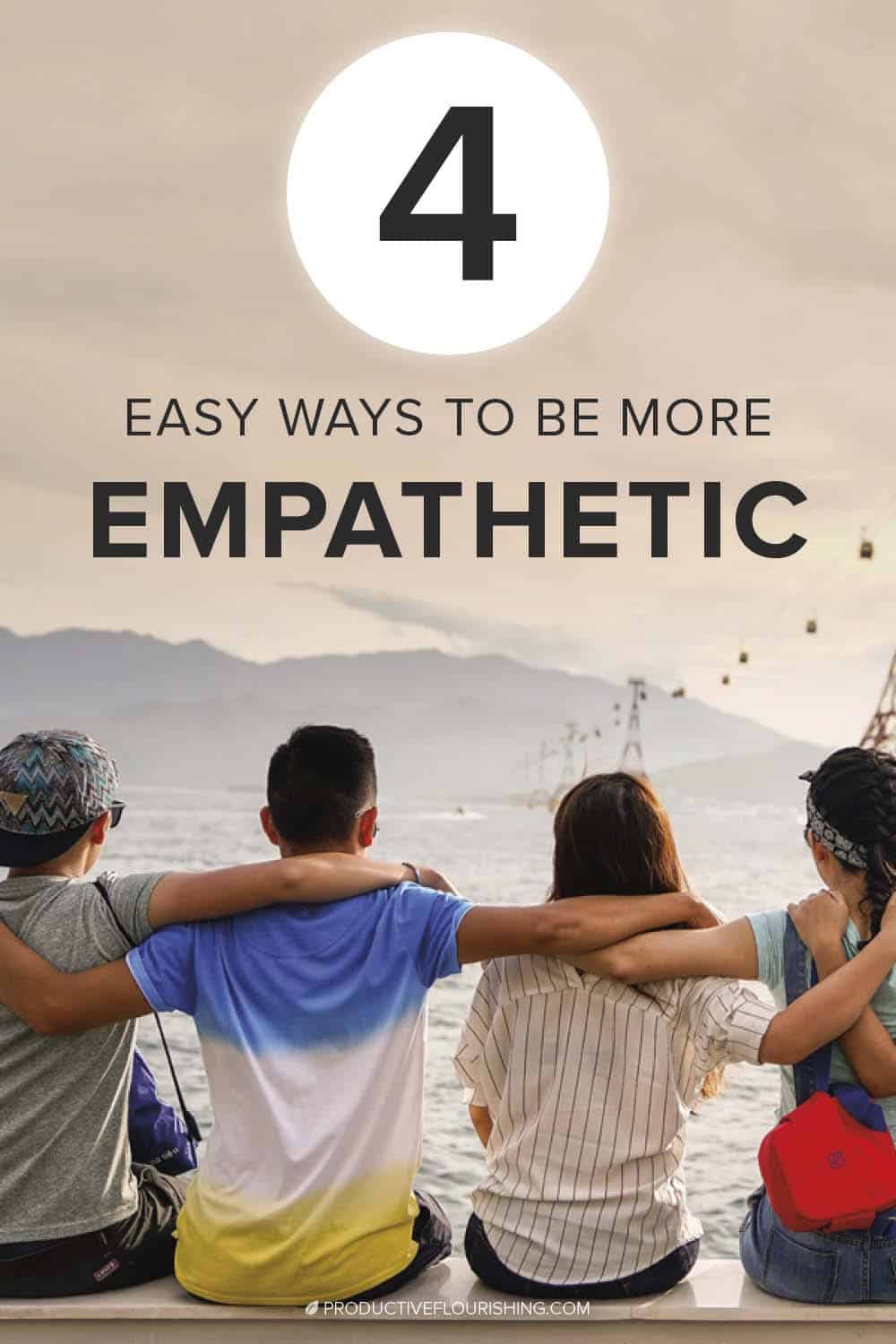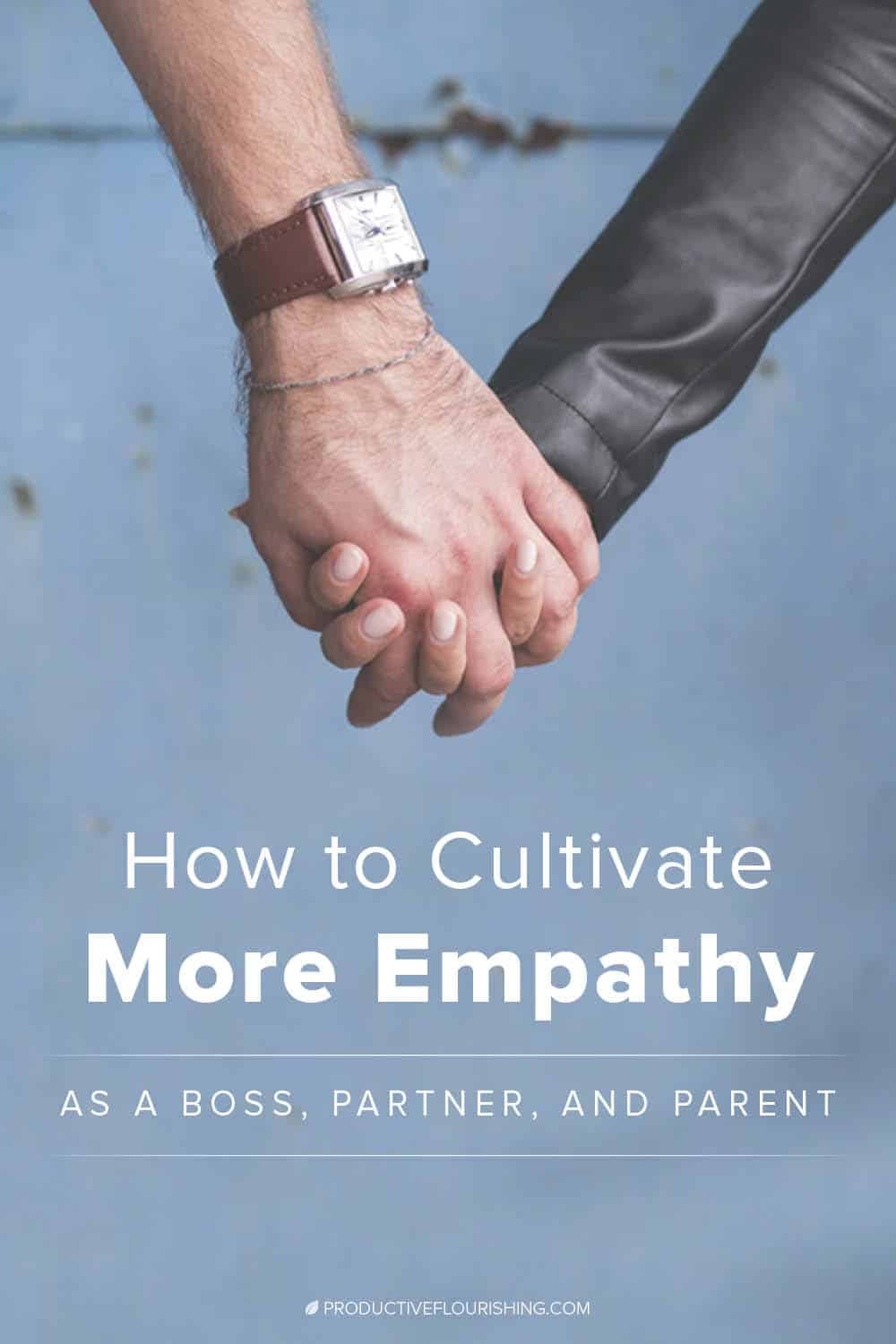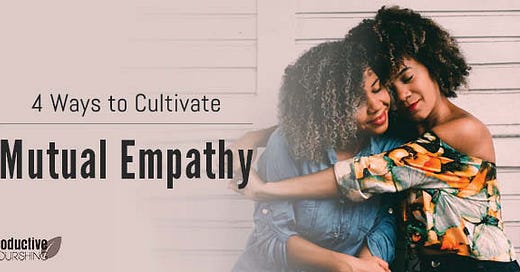4 Ways to Cultivate Mutual Empathy

Editor's note: This is a guest post by Patricia Bravo.
A few weeks ago, I rode a bus to the airport as I headed home from a client workshop. Unexpectedly, we were asked to change buses midway through the ride. As we stood outside the terminal to board the next bus, I noticed the Bus Driver loading passenger luggage onto the bus in order of stops. As he did, an exchange between the Bus Driver and a new Passenger caught my attention.
BUS DRIVER: Where are you going? What terminal? PASSENGER: (Wearing large headphones and electing not to remove them) What?
BUS DRIVER: Where are you going? PASSENGER: (Squinting) O’Hare!
BUS DRIVER: (Agitated) But where? PASSENGER: O’Hare, I’m going to O’Hare.
BUS DRIVER: Where in O’Hare? PASSENGER: (Agitated) I’m not from here — how do I know?
BUS DRIVER: Well, why didn’t you say that? What are you flying? PASSENGER: I’m not flying. I don’t know where I’m going. Right now I have to figure some things out... Do you want to hear my life story? I’m just going to O’Hare.
BUS DRIVER: (Rolls eyes and throws suitcase in) PASSENGER: (Shakes head and gets on bus) PRODUCTIVE FLOURISHING The interaction clearly frustrated both the Bus Driver and the Passenger. Why? Their limited ability to empathize with one another triggered an escalation. Their emotions visibly rose throughout the exchange, causing them to miss an opportunity to understand their commonalities and jointly work towards what I surmised was a shared goal — to get underway as quickly as possible and arrive at O’Hare on schedule.
In this instance, the Bus Driver and Passenger may never interact again. But imagine if the interaction occurred between a boss and a team member or between two work colleagues. Would an interaction like the Bus Driver and Passenger had produce a more closely knit relationship or one pulled further apart? And, what if a small shift toward mutual empathy could make a significant difference in whether a relationship flourished or fell apart? (Tweet this.)
I think mutual empathy can make that difference.
Mutual empathy involves two people intentionally focusing on empathizing with each other during an interaction.
Employing it lets us better understand one another.
How to Cultivate Mutual Empathy
I suggest starting with four steps to cultivate mutual empathy. Using them will help you not only develop your skill but also inspire others to do the same. Here are four ways to cultivate empathy:
Recognize that empathy is not a one-way street. There are cases when empathy should stem solely from a leader. However, we often achieve twice the gains when we all engage in mutual empathy.
Seek opportunities for mutual empathy. Examine recent examples where you missed an opportunity for mutual empathy and identify what future interactions might benefit from it.
Invite the person with whom you’re interacting to empathize. Ask, “Would you be willing to put yourself in my place for a moment?”
Verbalize the benefit of the interaction. Acknowledge the results that mutual empathy produces to reinforce future empathetic interactions.
Mutual empathy can accelerate the growth of deeper work relationships.
When is your next opportunity to mutually empathize?
What step listed here will you put into action during that next conversation, meeting, or critical interaction?





